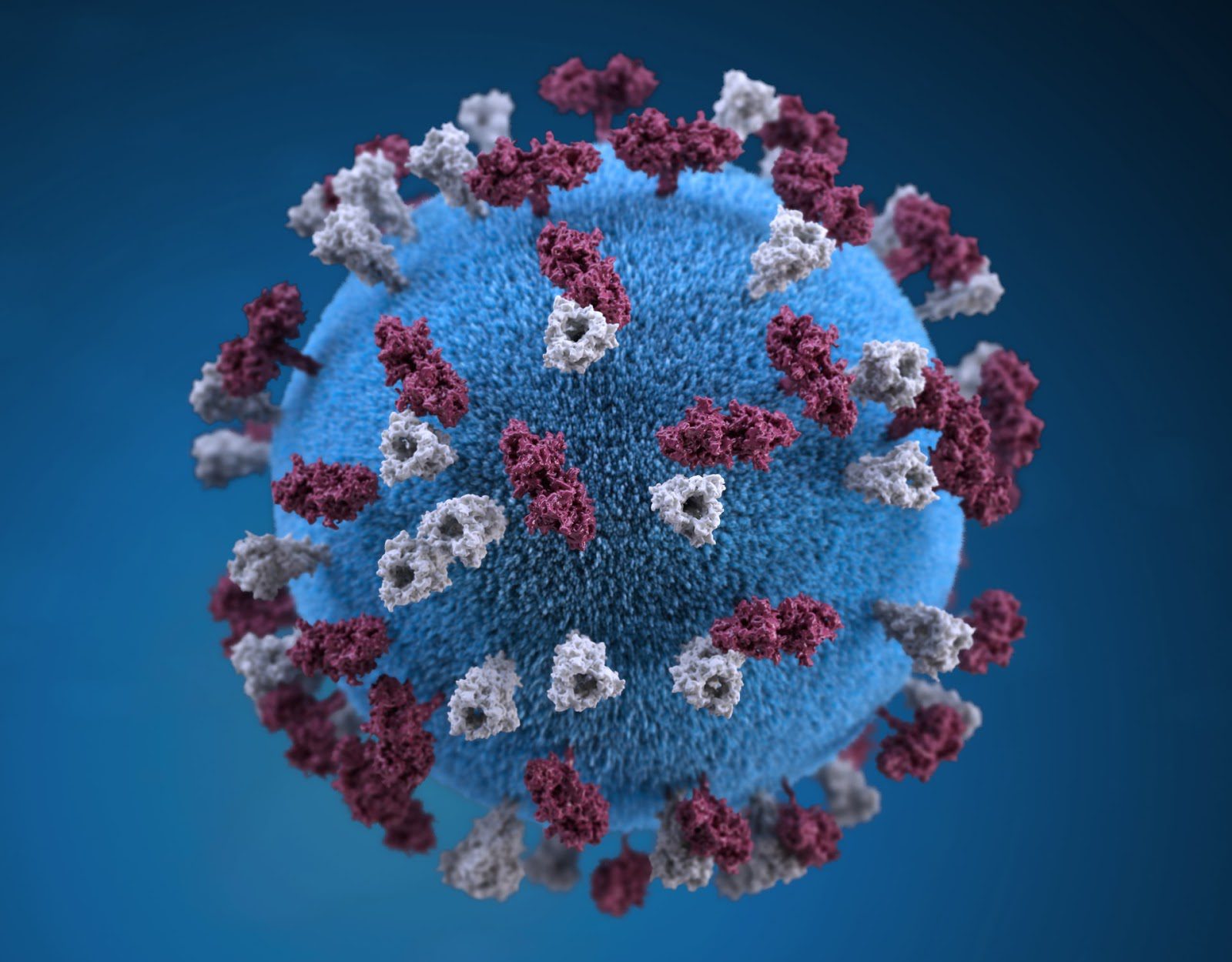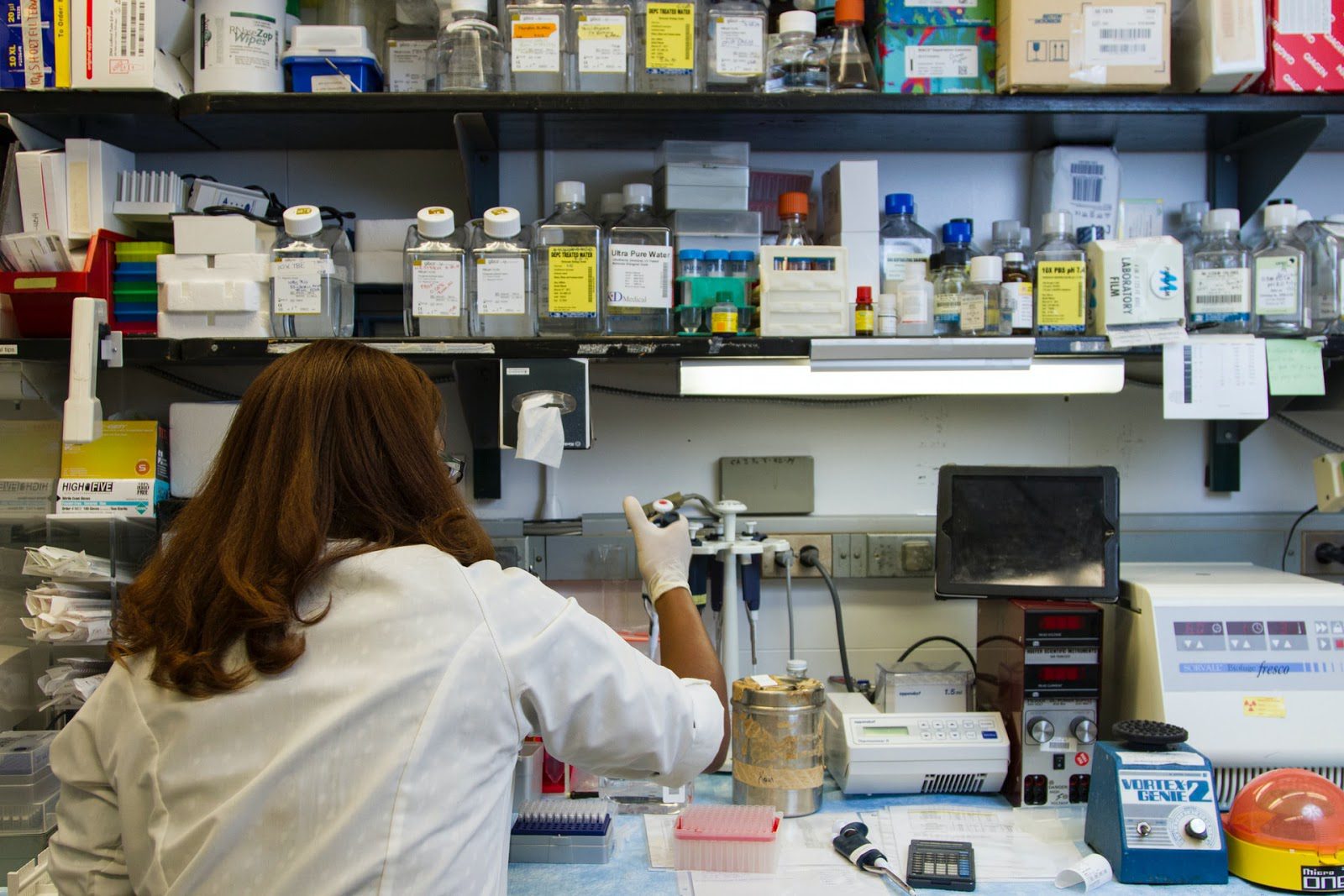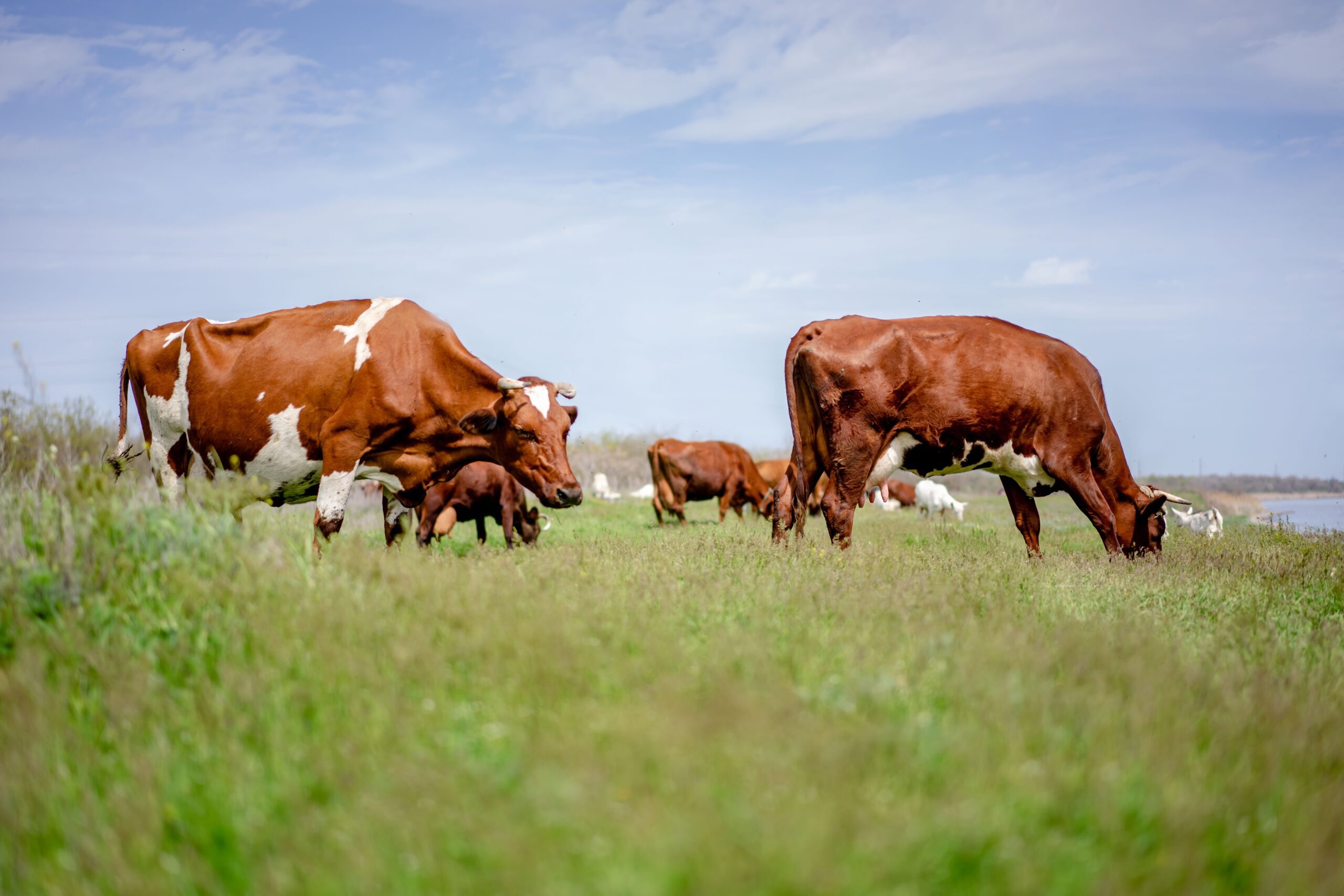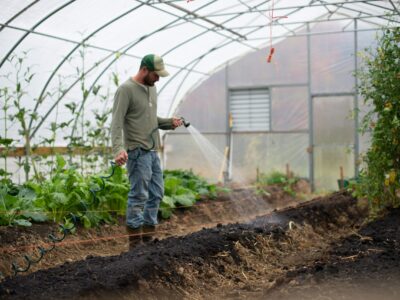Antibiotic resistance in both animals and humans has been a troubling trend for some time. According to the CDC, 2.8 million people in the US are infected with antibiotic-resistant diseases every year.
Last December, the FDA published its annual report on antibiotics sold for use in raising livestock. The report revealed an uptick in sales for the second year in a row. Overuse of antibiotics in both animal agriculture and humans has contributed to antimicrobial resistance (AMR), which the World Health Organization has deemed one of the top 10 biggest global threats.
AMR is a problem because it makes it harder to treat diseases in both animals and humans. Antibiotic-resistant bacteria are growing at a rate that outstrips the development of new drugs to treat such bacteria.
“The reason this is so important is we cannot discover new antibiotics fast enough to fill in for the medications that are losing their effectiveness,” said Adina Howe, assistant professor of agricultural and biosystems engineering.
A new $1 million grant from the U.S. Department of Agriculture will fund research to address the growing problem of AMR among the animal population. Awarded to Iowa State University, the grant allows researchers to study the link between manure management systems and antibiotic-resistant bacteria.
The Iowa State research team will examine how manure management can reduce the spread of harmful, antibiotic-resistant bacteria. Animal manure containing antibiotic-resistant bacteria is often used to fertilize fields which releases drug-resistant microbes into the atmosphere. Using manure samples from pig farms throughout Iowa, experts hope to identify the genes that produce resistance as well as various methods that could prevent the spread of resistant bacteria.

Antibiotic use in the meat industry has dropped overall since peaking in 2015, but experts say unfinished work remains. In 2017, the FDA ruled against using antibiotics for animal growth promotion. But antibiotics can still be used for disease prevention in animals, and thus many producers regularly administer these drugs to their livestock. A recent survey of pork production revealed 94 percent of farms administered antibiotics to pigs through feed and water.

Routine doses of antibiotics are far more concerning than treating a sick animal with these drugs. “The logical conclusion we reached was that this low-level daily use [of antibiotics] in farm animal production in these large operations was the main driver of antibiotic resistance in the country and that there was evidence of it . . . causing resistant infections in people,” said Bob Martin, food system policy director at Johns Hopkins and director of the Pew Commission on Industrial Farm Animal Production.
Lance Price, professor and antibiotic resistance researcher at George Washington University, is calling for a ban on the preventative use of medically important antibiotics in livestock. Such a ban would mean livestock can only be administered antibiotics to treat disease, not to prevent it. In the meantime, advocacy groups have their sights set on smaller goals. The Antibiotics Off the Menu Coalition wants to establish a system to track antibiotic use on farms and reduce the use of these drugs by 50 percent.
As for the research being conducted at Iowa State, the team hopes to zero in on ways to slow the spread of antibiotic-resistant bacteria, benefitting not just animals but humans as well. As Howe said, “We’re all connected far more closely than we previously recognized – humans, the environment, and agriculture.”





